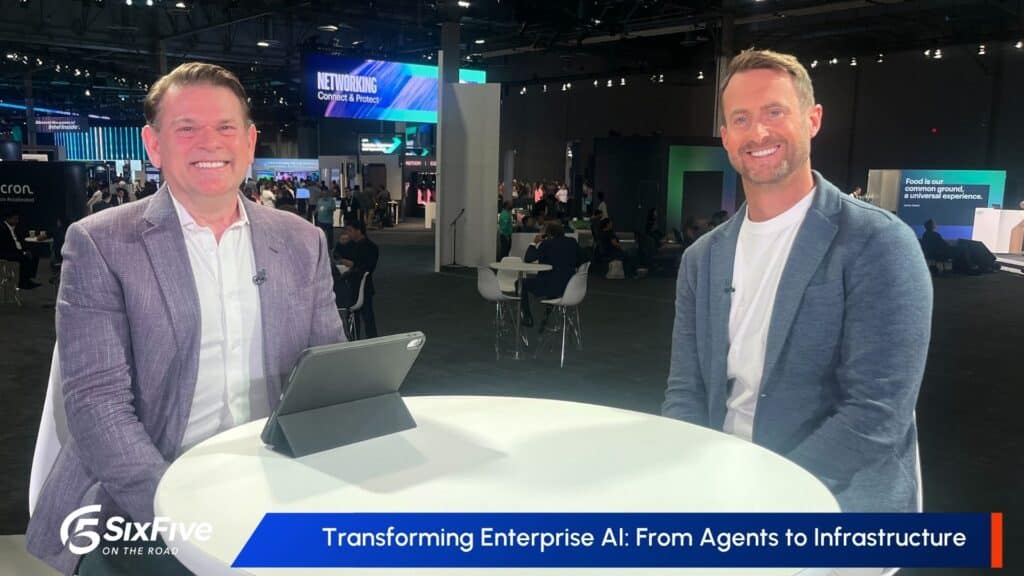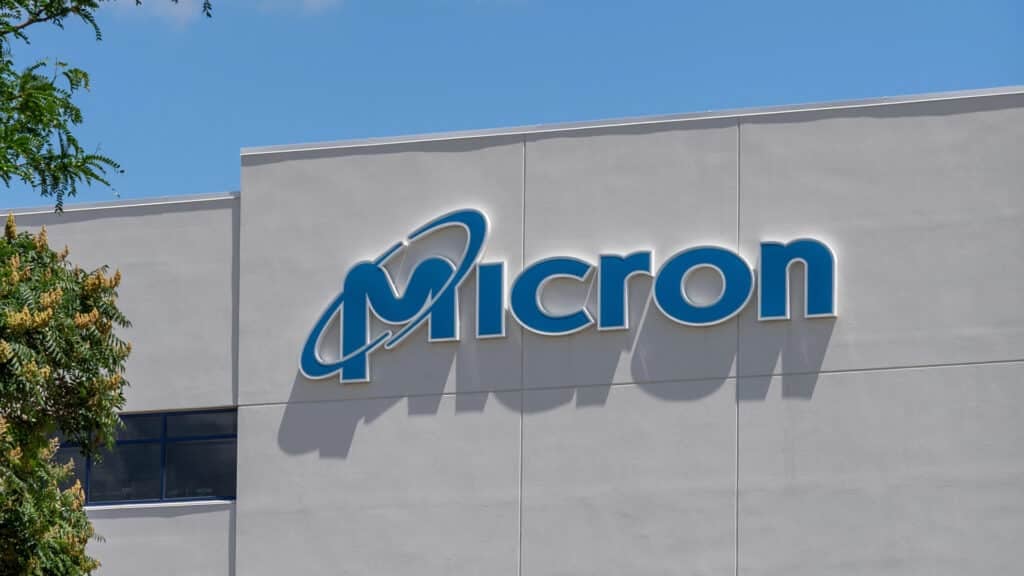Analyst(s): Alex Smith
Publication Date: February 28, 2025
AWS Marketplace is shaking things up, opening its doors to any SaaS product – whether it runs on AWS or not. This marks a major shift from its previous requirement that all listings be at least partially hosted on AWS infrastructure. Expect Azure and Google Cloud to react with similar moves as ‘Cloud Marketplace’ becomes a hotly contested battleground among the three leading hyperscalers.
What is Covered in this Article:
- AWS Marketplace is expanding its catalog to include any SaaS offering, regardless of whether or not it is hosted on AWS infrastructure.
- A new ‘Deployed on AWS’ designation will be given to SaaS applications that are 100% deployed on AWS.
- AWS is moving to the next phase of its Marketplace cycle, leaning into ‘Product-led Growth’ strategies.
- AWS Marketplace is attempting to expand its presence to become a one-stop shop for all customer SaaS needs after establishing a critical mass of customers on the platform.
- Expect Azure and Google Cloud to react with similar moves as ‘Cloud Marketplace’ becomes a hotly contested battleground among the three leading hyperscalers.
The News: AWS Marketplace announced that as of May 1, 2025, it would be expanding its catalog to include any SaaS offering, regardless of whether or not it is hosted on AWS infrastructure.
AWS Marketplace Expanding Its SaaS Catalog: Will This Drive the Next Boom?
Analyst Take: AWS has long been a recognized pioneer in cloud marketplaces since launching its platform in 2012. It has continued to innovate and refine its offering with new technology features, commercial programs and constructs, go-to-market models, and partnership agreements. This latest announcement is both a significant catalog expansion and a structural change to the commercial constructs of AWS Marketplace. There are two core components to this announcement:
- AWS is allowing any SaaS offering to be listed on the AWS Marketplace, regardless of whether or not that offering actually runs on AWS infrastructure. Until now, all AWS Marketplace listings had to have at least a portion of its architecture running on AWS.
- AWS will label any SaaS offering that is deployed 100% on AWS infrastructure as ‘Deployed on AWS’. These offerings will receive various benefits, including critical access to commitment-based spending discounts.
To understand the impact of this announcement, it is worth double-clicking into the business model and original visions of the cloud marketplace. Proponents of cloud marketplaces have long argued that they would be the most efficient mechanisms for identifying, trialing, and procuring enterprise software. They would become one-stop shops offering centralized terms, deployment, management, and overall tracking of the software environment. The degree to which these benefits have been important to the growth of cloud marketplaces can be debated, but the fact that marketplaces are growing cannot. They are clearly one of, if not the fastest growing, routes-to-market for the SaaS industry. As an example of this growth, cybersecurity vendor Crowdstrike just announced that it achieved $1 billion in sales through the AWS Marketplace in 2024 – it took six years to achieve $1 billion in combined sales prior to that.
One of the key drivers to marketplace growth has been access to committed spend discounts that enterprises negotiate with hyperscalers. Given the importance of cloud infrastructure to many enterprises, hyperscalers negotiate long-term contracts with a large number of customers that stipulate spending commitments and associated discounts. The value associated with committed spend has swelled over the years and is currently estimated to be north of $400 billion across the three leading hyperscalers combined. The hyperscalers have all enabled a certain amount of that commitment to be spent on third-party products via their marketplaces. While the hyperscalers are coy about the impact of commit drawdown on marketplace spend, anecdotal evidence suggests that the impact is material.
It is worth noting that the business model of cloud marketplaces resides on two commercial drivers: the fees that it collects from ISVs for transacting on the marketplace and the underlying infrastructure that those SaaS offerings leverage. Part of the reason why hyperscalers allow commits to be used on third-party products is that indirectly, it will lead to more consumption of infrastructure and other associated services. The second part of AWS’s announcement is tied to this reality. Being 100% deployed on AWS drives more consumption of AWS offerings, and directs more of that committed spend toward AWS services.
It is unclear at this stage how much impact there will be on existing ISVs. According to comments made by AWS executives, most ISVs “already run on AWS, and for those that aren’t, we’re working with every single one of them on a migration plan.” Those ISVs that are already built on AWS end-to-end will be in an advantageous position compared to those that are not. Those that are pursuing a multi-cloud architecture strategy will have some difficult decisions to make in the coming years. While AWS formally announced this upcoming change this week, it has been communicating it to partners since late 2024.
Will this fuel explosive growth or flood the platform with noise?
The headline part of the announcement, however, focuses on the expansion of the portfolio to include all SaaS products, regardless of whether or not they are hosted on AWS infrastructure. While AWS is tightening the policy in one regard, it is dramatically loosening it in another.
In doing this, AWS believes that it has cemented its Marketplace as a well-established platform that can be an effective go-to-market vehicle for any SaaS provider. In some ways, this is back to the original aspirations of marketplaces being a one-stop software shop. The argument again is that customers will procure software on a marketplace even without tapping into the benefits associated with commit discounts.
Furthermore, AWS is leaning into a ‘Product-Led Growth’ strategy with Marketplace. Essentially, this means leveraging the attributes of Marketplace itself as the driver for sales activity, and not just being a procurement vehicle for pre-negotiated sales contracts. Recently announced initiatives such as ‘Buy with AWS’ which extends the marketplace to third-party partner sites support this strategy. AWS wants to be in more locations, and now, with more products than ever before. There is certainly a danger of the catalog becoming overly crowded, but any ISV has to navigate this challenge in an open market, and the same can be said for standing out in the Marketplace. Meanwhile, AWS Marketplace will undoubtedly have algorithms, programs, and of course, AI for helping customers identify critical products.
AWS has highlighted that more than 90% of transactions on the Marketplace are self-service; a testament to the success of Marketplace as a selling entity. This certainly demonstrates a high volume of activity and a strong familiarity with customers engaging with the platform. However, from a revenue perspective, other more traditional sales methodologies including long-term commitments, outbound seller activities, and partner co-sell sales motions likely have had a larger collective impact. Nevertheless, recent additions such as this will continue to make AWS Marketplace a compelling go-to-market engine for SaaS companies to leverage.
What to Watch:
- Expect Microsoft and Google to make similar changes to their respective marketplaces. The three marketplaces have largely mimicked one another, with AWS often being the outright leader from an innovation standpoint, given its first-mover advantage.
- A new wave of solutions will emerge on the AWS Marketplace, given that a major barrier to entry has been removed. However, they will need to invest in activities beyond that to try and capture the full value of a marketplace experience.
- Large established ISVs already active on AWS will experiment with new offerings on the AWS Marketplace to see how much success there is when not eligible for commit discounts.
- Many ISVs pursuing a multi-cloud and multi-architecture strategy may have to curb some of those aspirations to focus on a smaller number of hyperscalers. A few moats will emerge around these alliances.
See the complete blog post on the AWS Marketplace expansion of its SaaS catalog on the AWS website.
Disclosure: The Futurum Group is a research and advisory firm that engages or has engaged in research, analysis, and advisory services with many technology companies, including those mentioned in this article. The author does not hold any equity positions with any company mentioned in this article.
Analysis and opinions expressed herein are specific to the analyst individually and data and other information that might have been provided for validation, not those of The Futurum Group as a whole.
Other insights from The Futurum Group:
Gemini 2.0, AI Agents, and the Future of IT – A Recap from The CIO Pulse Report
Amazon Delivers Strong Q4 FY 2024 with Record Operating Income, AWS Growth
Futurum Research Unveils 5 Key Predictions Shaping the 2025 Partner Ecosystem
Author Information
Alex is Vice President & Practice Lead, Ecosystems, Channels, & Marketplaces at the Futurum Group. He is responsible for establishing and maintaining the Channels Research program as part of the overall Futurum GTM and Channels Practice. This includes overseeing the channel data rollout in the Futurum Intelligence Platform, primary research activities such as research boards and surveys, delivering thought-leading research reports, and advising clients on their indirect go-to-market strategies. Alex also supports the overall operations of the Futurum Research Business Unit, including P&L segmentation, sales and marketing alignment, and budget planning.
Prior to joining Futurum, Alex was VP of Channels & Enterprise Research at Canalys where he led a multi-million dollar research organization with more than 20 analysts. He played an integral role in helping the Canalys research organization migrate into Omdia after having been acquired in 2023. He is an accomplished research leader, as well as an expert in indirect go-to-market strategies. He has delivered numerous keynotes at partner-facing conferences.
Alex is based in Portland, Oregon, but has lived in numerous places, including California, Canada, Saudi Arabia, Thailand, and the UK. He has a Bachelor in Commerce and Finance Major from Dalhousie University, Halifax Canada.





